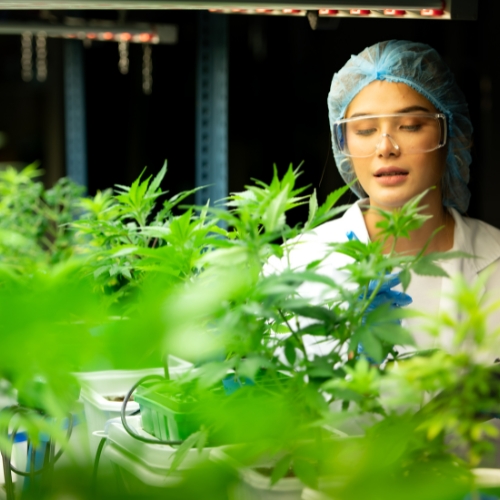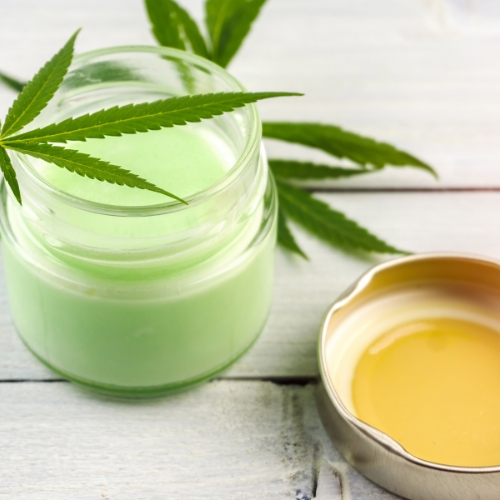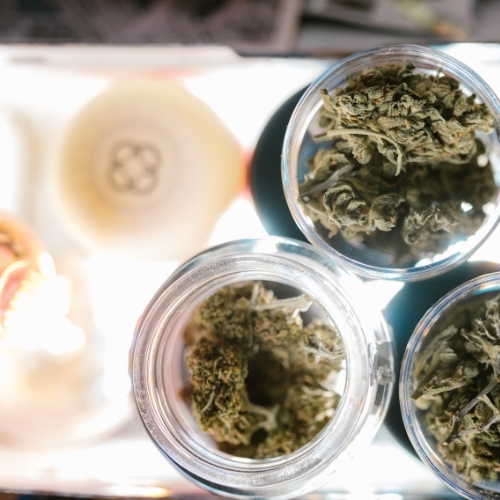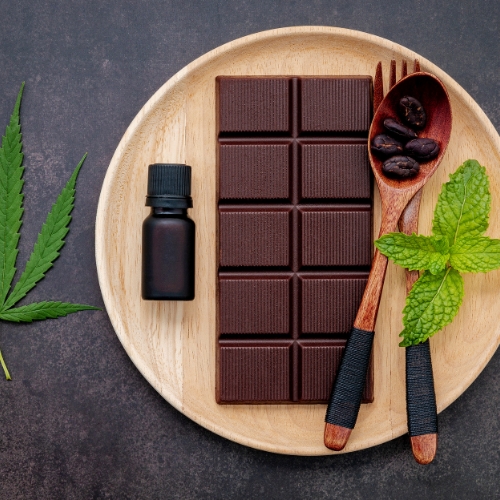Cannabis edibles have emerged as a popular and convenient way to enjoy the benefits of cannabis across Canada. Unlike inhaled forms of cannabis such as smoking or vaping, edibles deliver cannabinoids through the digestive system, resulting in a slower onset and longer-lasting effects. From fruity gummies to decadent chocolates and innovative savory snacks, the world of edibles offers something for every taste and tolerance level. This guide will walk you through everything you need to know, from the legal framework and product varieties to dosing recommendations, safe consumption practices, and storage tips, helping you make informed choices and enhance your edible experience.
What Are Cannabis Edibles?
Cannabis edibles are food and beverage products infused with cannabinoids—most commonly THC and CBD—that you consume orally. When you eat an infused item, the active compounds pass through your digestive tract and are metabolized by the liver into a potent form called 11‑hydroxy‑THC, which can produce more intense and longer-lasting effects compared to inhalation methods. Edibles come in a wide array of formats and flavors, ranging from sweet gummies and chocolates to baked treats, infused beverages, and even specialty savory items, giving consumers numerous ways to integrate cannabis into their routines.
Legal Framework for Edibles in Canada
Since the Cannabis Act came into effect in October 2018, the production, packaging, and sale of cannabis edibles have been governed by strict federal regulations designed to protect public health and safety. Licensed producers must ensure that each package contains no more than 10 milligrams of THC and that products are tested for potency, pesticides, and other contaminants before reaching the market. Packaging must be child‑resistant, opaque, and clearly labeled with cannabinoid content, expiration dates, and health warnings. While these requirements apply nationwide, provincial and territorial authorities may impose additional rules regarding retail operations, licensing hours, and delivery services, so it’s important to familiarize yourself with the regulations in your own province or territory.
Types of Cannabis Edibles
The edible market in Canada offers a rich spectrum of products, each catering to different preferences and experiences. Gummies and chews are among the most popular, delivering precise, consistent doses in vibrant flavors and fun shapes that appeal to both newcomers and seasoned users. Chocolate lovers can indulge in bars, truffles, and toffees infused with cannabis oil, offering a more decadent and luxurious experience. For those who enjoy baked goods, licensed cookies, brownies, and granola bars provide familiar comforts with a cannabis twist, although homemade edibles should be approached cautiously due to uneven dosing. Beverage enthusiasts can explore cannabinoid‑infused sparkling waters, teas, coffees, and tonics, which may offer faster absorption if sipped slowly. Finally, specialty savories—such as seasoned nuts or sauces infused with cannabis—serve as novel alternatives for individuals seeking something beyond traditional sweets.
Understanding Dosage and Onset Times
Edibles differ markedly from inhalation methods in how quickly they take effect and how long their impact lasts. After consuming an edible, you can typically expect to feel the first effects anywhere from thirty minutes to two hours later, with peak levels occurring between two and four hours after ingestion. The overall duration of the experience can stretch from six up to twelve hours, depending on individual metabolism, tolerance, and the specific product. Because of this delayed onset, it’s crucial to begin with a low dose—ideally two and a half to five milligrams of THC—and resist the temptation to consume more until at least two hours have passed. Other factors such as body weight, metabolic rate, and whether you have a full or empty stomach will influence your personal experience, so always err on the side of caution and give each dose time to take effect.
How to Buy Edibles Online and In‑Store
Licensed cannabis retailers in Canada include both government‑run stores and private dispensaries, depending on your province. Provincial websites such as the Ontario Cannabis Store, BC Cannabis Stores, and Alberta Gaming, Liquor & Cannabis provide secure online platforms for browsing products by category, potency, and price, with province‑wide delivery options. In provinces that allow private retail, storefront dispensaries offer the opportunity to see products in person and speak directly with knowledgeable staff. When shopping online, read customer reviews to assess quality and consistency, and review shipping policies to understand delivery windows and any minimum order requirements.
Top Tips for Safe Consumption
To enjoy edibles responsibly, start by carefully reading the product label to confirm the THC and CBD contents per serving and per package. Be mindful of the environment in which you consume cannabis—choose a safe, comfortable, and familiar space, and avoid operating vehicles or heavy machinery. Mixing edibles with alcohol or other substances can intensify effects unpredictably, so consume edibles on their own at first. Keep water and light snacks on hand to manage potential dry mouth or sudden hunger. Finally, always store edibles securely in their original child‑resistant packaging, placing them well out of reach of children and pets to prevent accidental ingestion.
Storing Your Cannabis Edibles
Proper storage is essential for maintaining the freshness, potency, and safety of your cannabis edibles. The ideal environment is cool, dry, and dark, as heat and light can degrade cannabinoids over time. Original packaging is often designed to be vacuum‑sealed and child‑resistant, making it the best long‑term storage solution. If you transfer edibles to another container, choose an airtight option and label it clearly with the product name, cannabinoid content, and date. For homemade batches, refrigeration or freezing can extend shelf life, but consistent labeling and separation from regular food items remain paramount for safety.
Common Mistakes to Avoid
Overconsumption is one of the most frequent pitfalls with edibles, often resulting from impatience during the delayed onset period. By waiting at least two hours before re‑dosing and starting with a low amount of THC, you can avoid uncomfortable experiences such as anxiety or nausea. Ignoring label information or purchasing from unlicensed sources poses legal and health risks, as illicit products may contain inconsistent dosages or harmful contaminants. Additionally, combining edibles with other depressant substances like alcohol can lead to unexpected intensification of effects, so it’s advisable to consume edibles on their own until you understand how they affect you personally.
Conclusion
Cannabis edibles in Canada offer an accessible, discreet, and diverse way to experience the benefits of THC and CBD. By understanding federal and provincial regulations, exploring the range of edible products available, respecting proper dosing guidelines, and adhering to safe consumption and storage practices, you can make the most of your edible journey. Whether you prefer fruity gummies, rich chocolates, or innovative savory creations, the Canadian edible landscape has something for everyone—so take your time, consume responsibly, and enjoy the evolving world of cannabis edibles.
Here’s more

The Difference Between Indica, Sativa, and Hybrid Cannabis Flower
IntroductionCannabis flower is often grouped into three main categories—Indica, Sativa, and Hybrid—each with its own reputation for effects, flavors, and

Understanding Cannabis Topicals: Benefits and Uses
Introduction Cannabis topicals have emerged as a fast-growing segment of the legal cannabis market, offering users a non‑intoxicating way to

How to Choose the Best Cannabis Concentrate
Introduction Cannabis concentrates have surged in popularity as consumers seek potent, flavorful, and versatile products. From seasoned enthusiasts to curious

How to Store Cannabis Products for Maximum Freshness
IntroductionMaintaining the optimal freshness of cannabis products is essential for preserving flavor, potency, and overall quality. Whether you are a

Ultimate Guide to Cannabis Edibles in Canada
Cannabis edibles have emerged as a popular and convenient way to enjoy the benefits of cannabis across Canada. Unlike inhaled

Navigating the Culinary High: An Edible Dosing Guide for a Positive First-Time Experience
Introduction: Edibles offer a unique and flavorful way to experience the effects of cannabis, but achieving the perfect dose for
